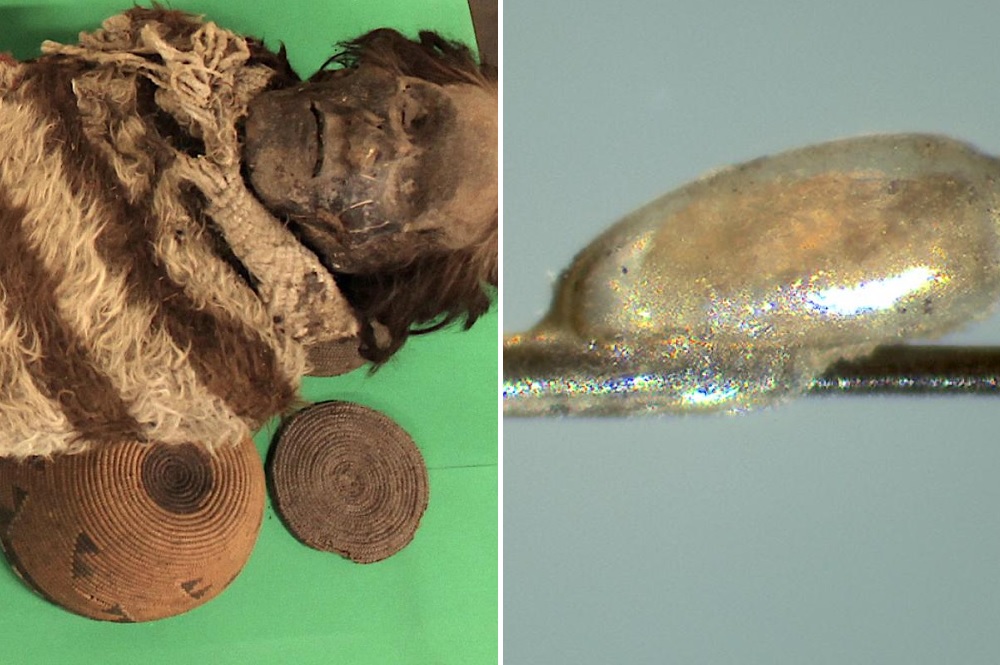‘Like Jurassic Park’: Ancient human DNA can be extracted from head lice glue finds study involving Welsh university

Human DNA can be extracted from the ‘cement’ head lice used to glue their eggs to hairs thousands of years ago, scientists have found in research contributed to by Bangor University.
In the new study, scientists for the first time recovered DNA from cement on hairs taken from mummified remains that date back 1,500-2,000 years, in a process described as “like mosquitos encased in amber in the film Jurassic Park”.
This is possible because skin cells from the scalp become encased in the cement produced by female lice as they attach eggs, known as nits, to the hair.
Dr Henk Braig, Reader in Molecular Parasitology at Bangor University, who contributed to the work said that the technique might also give access to a range of animal DNA as well.
“As important as this work is for our current work on unravelling human migration, it also might provide access to DNA of many ancient animal samples which had their own sucking lice,” he said.
“This might become crucial for animal species that are now extinct.”
‘Jurassic park’
The method could allow many more unique samples to be studied from human remains where bone and tooth samples are unavailable, the researchers said.
Until now, ancient DNA has been extracted from dense bone from the skull or from inside teeth, as these provide the best quality samples. However, skull and teeth remains are not always available, as it is often unethical or against cultural beliefs to take samples from indigenous early remains, and due to the severe damage destructive sampling caused to specimens compromising future work.
Recovering DNA from the cement delivered by lice is, therefore, a solution to the problem, especially as nits are commonly found on the hair and clothes of well preserved and mummified humans.
The research team extracted DNA from nit cement of specimens collected from a number of mummified remains from Argentina. The mummies were of people who 1,500-2,000 years ago reached the Andes mountains of the San Juan province, Central West Argentina. The team also studied ancient nits on human hair used in a textile from Chile and nits from a shrunken head originating from the ancient Jivaroan people of Amazonian Ecuador.
The European universities involved in the research worked in collaboration with the National University of San Juan, Argentina, on the findings.
Dr Alejandra Perotti, Associate Professor in Invertebrate Biology at the University of Reading, said: “Like the fictional story of mosquitos encased in amber in the film Jurassic Park, carrying the DNA of the dinosaur host, we have shown that our genetic information can be preserved by the sticky substance produced by headlice on our hair. In addition to genetics, lice biology can provide valuable clues about how people lived and died thousands of years ago.
“Demand for DNA samples from ancient human remains has grown in recent years as we seek to understand migration and diversity in ancient human populations. Headlice have accompanied humans throughout their entire existence, so this new method could open the door to a goldmine of information about our ancestors, while preserving unique specimens.”
Support our Nation today
For the price of a cup of coffee a month you can help us create an independent, not-for-profit, national news service for the people of Wales, by the people of Wales.






Staggering work, da iawn all concerned- more like this please nation.cymru – more ‘positive’ stuff needed please. Diolch and a Happy New Year to you all!